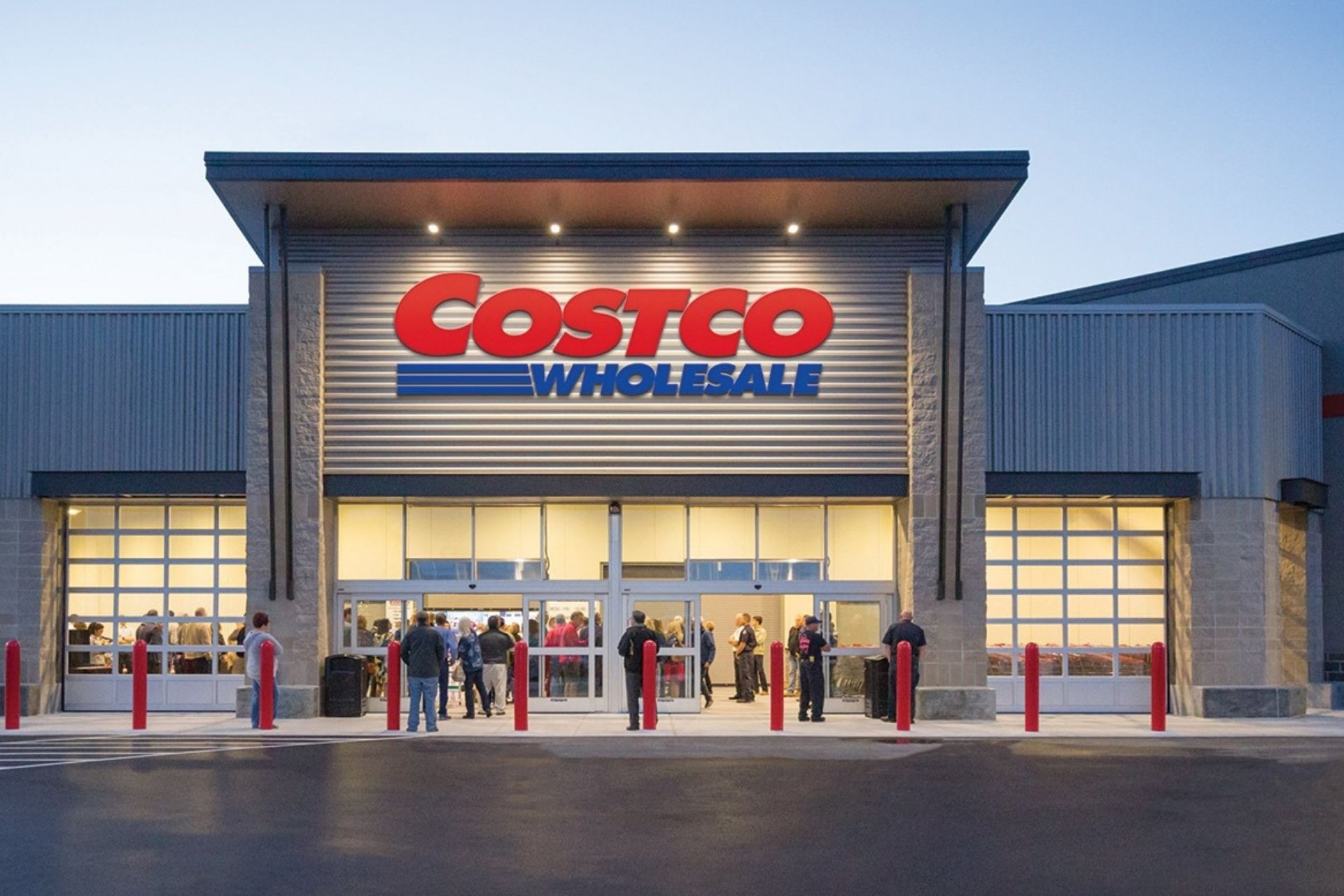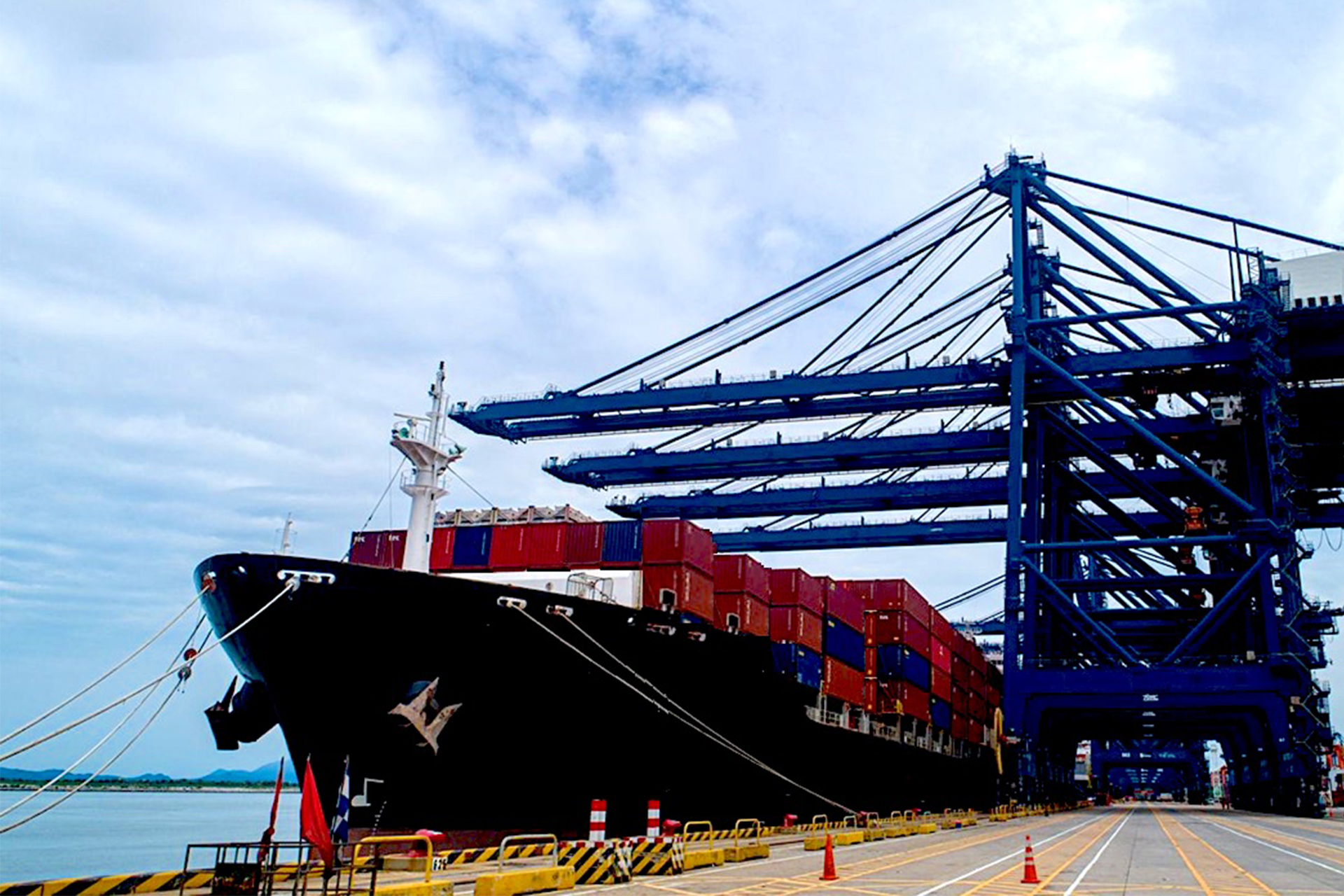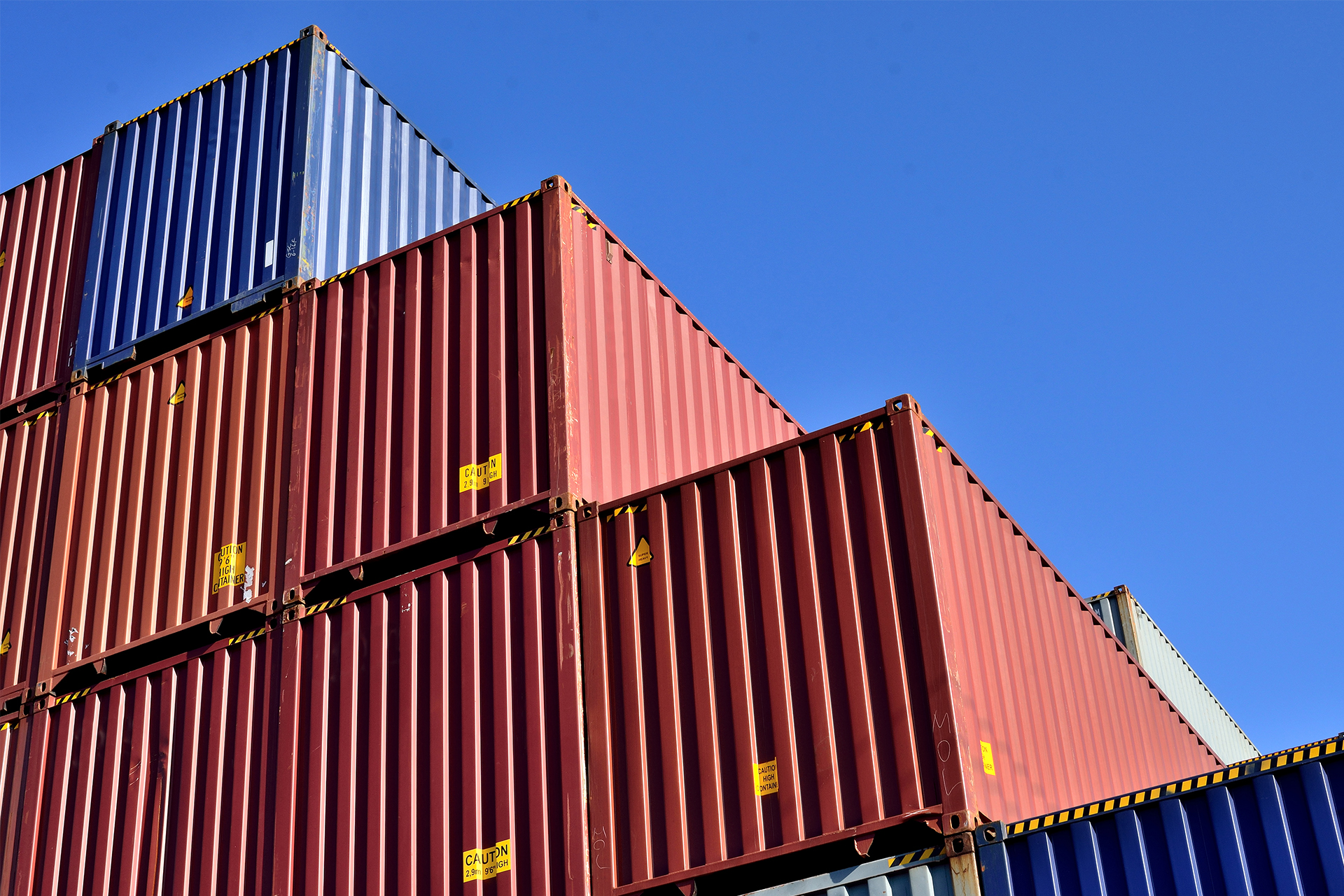The news reports of scores of ships parked outside the ports of Los Angeles and Long Beach are troubling enough without considering estimates that the trucking industry in the United States is short 60,000 drivers and the reality that freight has been sitting alongside U.S. railroad tracks, in some cases unmoved for months, with the inventory of American companies piled up in Chinese factories because no practical way exists to move it across the Pacific.
The effects on this holiday season will be profound, and any real progress in untying the present transportation mess probably won’t occur until well into next year at best. However, even if little can be done directly to untie the Gordian knot that the COVID-19 pandemic tied in the international supply chain, the time is now.to ensure that such circumstances don’t occur again. Some consensus has emerged regarding supply chain challenges facing the housewares and home furnishings market, and retailers as well, with broad agreement that reevaluation, discussion and organization are necessary to enact changes in an international and U.S. transportation network that simply isn’t up to 21st century standards.
With crisis comes opportunity. With the relevant issues top of mind and, given that infrastructure has been a major issue considered across two Presidential administrations, the time seems ripe to act.
In an example of bi-partisan cooperation, Republican and Democratic lawmakers are behind an initial step toward dealing with the supply chain crisis, even if the positive effects of the change may not be immediate.
Retailers are going to extreme measures to ensure they have product for their customers in the holiday season. Target leased a container ship, it revealed in early September, with the company stating in a blog post that, as the second-largest U.S. importer, it would continue to work with vendors during the holiday season and beyond.
Leasing a container ship is enormously expensive, and that doesn’t count the cost of operating it and getting product offloaded and out to stores. However, the cost might matter less to major retailers than the customer appreciation and market share gains associated with keeping holiday-oriented merchandise on shelves and on websites.

Costco noted that it is leasing three container ships. In the company’s fourth quarter conference call, CEO Richard Galanti said the company had chartered the three ocean vessels for the next year to transport containers between Asia and the U.S. and Canada. The company also leased “several thousand” containers for use on the ships. Each ship can carry 800 to 1,000 containers at a time, and the company plans to make 10 dockings over the course of the next year.
As the supply chain crisis developed, Costco established plans to mitigate the impact on its operations. Galanti said supply chain challenges had extended traditional rollout times. To deal with international and domestic supply chain tangles, Costco ordered as much holiday-oriented merchandise as it could earlier than normal. It is also dealing with issues such as chip shortages, which affects appliances among other product categories.
Galanti said Costco is looking at several ways to minimize passing on rising costs to members, adding that the strong sales the retailer has enjoyed have allowed it to absorb some costs. He said Costco aims to restrain and balance what increases it must pass along — in part through a willingness to hold the line on prices and deal with margin fluctuation where it can.
Still, Costco has seen a bright side to the stormy situation as it is selling out of some items within one to two weeks, giving it time to reorder in its established sales window for the product categories affected.
Costco and Target are just two of the many retailers that lately have had to explain how they are going to deal with the supply chain crisis. Dollar Tree’s president and CEO Michael Witynski detailed the retailer’s supply chain challenges in a conference call. Although the company is focused on dealing with the situation while finding ways to deliver value merchandise to consumers, higher freight costs and other inflationary pressures are impacting the operation given its low-price proposition to consumers.

He pointed out that freight costs have reached unprecedented levels because of increased demand, limited capacity and shipping delays. As spring turned to summer, he said, the Shanghai Containerized Freight Index, which reflects spot rates on ocean freight from China, had already hit an all-time high, up more than 280% versus the year before and more than 400% from 2019. He added that rates have continued to rise, increasing more than 20% since late May.
According to the recent Journal of Commerce annual ranking of the top 100 importers, Dollar Tree is among the largest retail importers, bringing in some 90,000 40-foot containers per year. The Dollar Tree banner imports more containers per $100 million in sales than any other large retailers, the company estimates, so, when combined with its core $1 price point, it suffers an outsized impact from freight cost.
Cost isn’t the only problem Dollar Tree faces, Witynski said. After the 2021 first quarter, the company’s updated freight outlook assumed that its regular ocean carriers would fulfill only 85% of their contractual commitments. By late August, Dollar Tree projected its regular carriers would fulfill only 60% to 65% of their commitments, and it would have to consider use of the spot market, where rates had soared to much higher levels than anticipated.
Witynski said that recent margin rate improvements at Dollar Tree will give the company some leeway to deal with costs. The company has contracted for dedicated space on charter vessels, in one case for a three-year term. Dollar Tree is developing alternative sourcing, which might become permanent in some cases, and it is looking to consider how it can prioritize containers based on seasonality, margin impact and larger inventory needs. The retailer is also moving seasonal purchases up 30 days so it can better deal with delays and volatility.
Witynski said the company doesn’t expect new shipping to come online until 2023, and it doesn’t expect significant improvements in international transportation costs during 2022.

Bill Endres, President, Select Brands
From a supplier perspective, Bill Endres, president of kitchen electrics developer and marketer Select Brands, said the supply chain issues facing vendors and retailers involved with the housewares business are multifaceted. That includes, Endres said, involve forecasting, inventory investment, supply capabilities, just-in-time inventory demands, political influences regarding trade, container and shipping capacities and flow pinch points. This, he added, makes solutions anything but simple.
“I agree with those that have said the problem is not going to go away any time soon, so managing through the issue is necessary to maintain your business,” Endres said. “I feel that most important is discussing the challenges we face with customers. Work on expectations that both parties should have in dealing with the situation. Forecasting is critical so everyone understands what is needed and when it is needed.”
Endres said shippers pulled vessels out of service several years ago when demand for them slipped as forces other than the coronavirus were determining factors. Initially, during the pandemic, the decision served everyone when demand dropped. As the pandemic came down from its peak influence, demand exploded, and the strain is being felt now conspicuously at U.S. ports.
The immediate need in the marketplace is for cooperation and partnering among retailers and vendors to make those adjustments that are healthy for the business, housewares industry executives said.
“All parties need to understand that costs have gone up and are continuing to rise,” Endres said. “Our retailers need to be responsive to requests for price changes to ensure good supply capabilities. If retailers have a good shipping partner and capabilities, then working with their critical suppliers to help improve logistics would benefit both parties.”
All parties need to understand that costs have gone up and are continuing to rise. Our retailers need to be responsive to requests for price changes to ensure good supply capabilities. If retailers have a good shipping partner and capabilities, then working with their critical suppliers to help improve logistics would benefit both parties.
-Bill Endres, President, Select Brands
As the transportation challenge is complex, emerging into a more effective international shipping order will be a complicated process. Endres noted political friction between the U.S. and China and China’s desire to control product flow. The rising cost of raw materials, particularly in Asia, also plays into how international trade will proceed. These factors must be considered in realistic planning that includes the need to secure product earlier than was typical throughout the year.
Endres added that better oversight of the carrier business is part of the solution as well as Federal support in the U.S. for transportation infrastructure improvement that includes ports and rail is key to improving supply chain operations. Until such changes occur, businesses must do what they can to improve their own circumstances, Endres said.
“Planning, monitoring and replanning as well as communicating with factories, suppliers and our customers must be the top priority in the effort to meet expectations for the coming year,” he continued.
Although positioning for a long-term supply chain disruption is important, the prospects for improvement in the international flow of goods for the holiday season remain poor.
Jeff Bergmann, executive director of the International Housewares Shippers Association, said that the ability to book container ship space two weeks out, once typical, had long passed. By mid-September, shippers were booking for November, he noted. With many shipments running into the log jam at Los Angeles and Long Beach ports, along with slowdowns at other West Coast landings, the ability to move goods in a timely fashion will continue to be significantly hampered. At the same time, the costs of pushing through shipments by other means have become onerous, if not prohibitive.

“There are open market rates out there where people are paying $20,000 to move a container into the West Coast,” Bergmann said.
At the same time, carriers are reassessing how they meet contract terms, no longer allowing customers to choose when they want to move goods but rather scheduling shipments out across the year.
Even if a container makes it through the ports, the shipper faces all the transportation troubles affecting the U.S., including the dramatic shortage of truck drivers and overwhelmed railroads that have been piling up shipments that in some cases have remained unmoved for months, Bergmann said. The cost of getting a container into Chicago, once about $3,500 now can reach $20 grand, he said.
With the situation as bad as it is, some shippers have determined to accept the costs involved with changing exit ports in China to move goods through Oakland, as well as moving goods to ports on the U.S. East Coast and air freight, Bergmann said. However, that isn’t a viable long-term solution, and short-term solutions have limited facility, he noted.
The ongoing discussion about operating clogged U.S. ports 24/7, as happens elsewhere in the world, remains fraught. Supporting transportation factors — from the movement of empty containers to dockside labor to the availability of trucks to haul goods out of port — aren’t currently aligned in a way that would make full overnight port operations result in significantly faster movement of goods.
The International Housewares Association and IHSA are working with other organizations, including the National Retail Federation, to address the shipping issue as they can. Besides lobbying for infrastructure improvement, organizations have begun looking at critical elements of the shipping structure, and concerns with them, as they take initial steps to deal with specific challenges by working with legislators.
The International Housewares Association and IHSA are working with other organizations, including the National Retail Federation, to address the shipping issue as they can. Besides lobbying for infrastructure improvement, organizations have begun looking at critical elements of the shipping structure, and concerns with them, as they take initial steps to deal with specific challenges by working with legislators.
In that vein, IHA and others have backed Reps. John Garamendi (D-CA) and Dusty Johnson (R-SD) as they introduced The Ocean Shipping Reform Act of 2021 in the House of Representatives. The legislation addresses archaic practices followed by ocean carriers that weigh heavily in their favor when dealing with shippers.
The legislation is meant to address a situation where carriers so control the relationship with shippers that they can demand immediate payment for containers they deem late on return, which sometimes includes billing for containers the shipper never handled, said Craig Brightup, CEO of The Brightup Group. Brightup teams with Rafe Morrissey of Morrissey Strategic Partners, to direct IHA government affairs in Washington, D.C.
Calls for a change in how carriers are regulated, which would give additional powers to the Federal Maritime Commission, has followed pressure on government from multiple sectors being hurt by trade issues, including agriculture as part of the export community.
“This is not a group you would think would all get a benefit out of this, but they will all get a benefit out of this,” Brightup said. “Importers and exporters are on the same page.”
In effect, the legislation would shift the burden of proof on various charges from shippers to carriers. The legislation’s principal focus is on demurrage and detention charges, Brightup said, where a carrier can penalize a shipper if a container isn’t returned in a timely manner. As it stands now, a shipper has the burden of proof if a carrier hits it with a change. Under the new legislation, the carrier must prove the charge is justified.
The legislation also includes further regulation of service contracts, Brightup said, which is important because carriers, of the eight major carriers that remain, are often foreign-flagged and, so, have not been subject to formal regulation.

Craig Brightup, CEO, Brightup Group
The proposed legislation allows FMC to impose its own fines, Brightup said, and to order relief to parties subject to what it deems unfair practices. It also creates the possibility of damaged recovery through civil legislation, an element that will be more precisely defined in post-passage rule making. As such, the operations the carriers conduct in the U.S., whether they operate under a foreign flag, can be held responsible and can be called into account for practices that fall afoul of the new rules.
The legislation also includes an anti-retaliation provision. Given how few carriers operate today, shippers worry about initiating complaints against carriers for fear that they will refuse to do business with the company calling them to task. FMC would have additional investigatory powers to follow up on complaints including on retaliation.
Prospects for passage of the legislation look good, Brightup said, “The last time we checked, it was up to 27 bipartisan supporters.”
IHA backs the legislation as an important first step in improving the conditions and ultimately the accountability of international shipping and has initiated a letter-writing campaign to congressional leaders to support the legislation.
A pre-written letter template and submission platform is available: https://detailsmatterpetersllc.com/action-center. IHA members are encouraged to submit their letters to Congress before October 30, 2021, to effect change and improve business conditions, Morrissey said.
Jon Gold, vp/supply chain for the National Retail Federation, another backer of shipping reform, said for the moment U.S. importers, retailers and vendors are in the position of managing a tough situation with deep roots in the expansion of world trade. Interactions across the globe have become more dynamic, and that has created strains not just with infrastructure but also with the processes that allow trade to proceed, Gold said.
Every organization is reevaluating how the supply chain operates, and it’s not just the pandemic. On the transportation side, the issues have been around for a long time. In the past, disruptions happened, but after a couple of months, everything went back to normal. This present situation has been going on really for two years now, and you have to go back and evaluate supply chain and sourcing options.
– Jon Gold, VP/Supply Chain, NRF
“Every organization is reevaluating how the supply chain operates, and it’s not just the pandemic,” he said. “On the transportation side, the issues have been around for a long time. In the past, disruptions happened, but after a couple of months everything went back to normal. This present situation has been going on really for two years now, and you have to go back and evaluate supply chain and sourcing options.”
Legislation that addresses concerns about ocean shipping is an important step in creating a more efficient and equitable order. However, so are efforts to keep the government focused on infrastructure and how it should be updated to satisfy 21st–century needs and to reconcile the international movement of goods.
“Every time an episode happens, people want to solve the issue, but nothing has happened. I think what is happening now is the administration is paying attention to the supply chain issues,” NRF’s Gold said. “Getting ports in a 21st-century mode is going to require a real talk about technology and how to use it better for port operation. But we don’t even have true visibility on the problems. We have to start getting national visibility that will improve the situation and create better relationships.”





